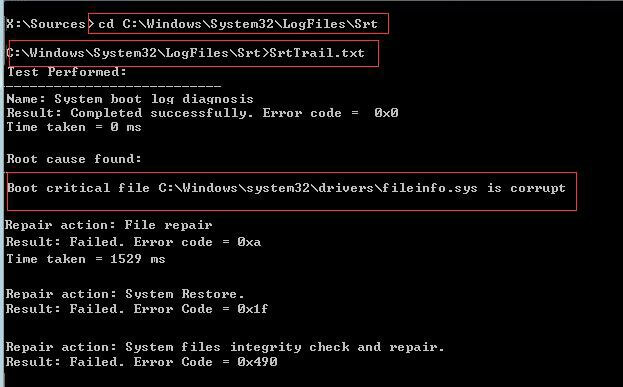


Try these procedures if you can’t get to the login screen. Then, repeat Steps 3 through 6 from the previous section and wait for your computer to restart. While holding down the Shift key, open the Start menu, click on the power icon, and choose Restart. Wait for your computer to reboot into safe mode and then see if you can access it normally.Īlso see: 6 Fixes for Windows Update Stuck at 0 Step 6: Select Restart from the drop-down menu. Step 4: Select Advanced Options from the drop-down menu. Step 3: When your computer restarts, choose Troubleshoot. Step 2: Select Restart now from the Advanced starting menu. Step 1: Press the Windows key and type Safe Mode into the search box. Using Windows Settings to enter Safe Mode Removing these updates may speed up the installation process, and you can then add the updates afterwards. Once the SFC command has completed, restart your computer, and it should boot normally.Īlso see: How can I solve Windows 10’s Stop Code Memory Management?Īnother option is to boot into safe mode and remove any Windows updates that may have been installed with the operating system.


Step 5: In the Command Prompt, type the following commands one by one, hitting enter after each one. Step 2: Select Troubleshoot from the blue screen recovery window. Select Computer Repair from the drop-down menu. Step 1: Insert the Windows installation disc into your PC. Simply unplug all power connections from and to your PC (and, if possible, remove the battery) and hold down the power button for 30 seconds.Īn SFC scan may detect and repair any corrupt or damaged files that were generated during the installation process. Power resetting or power cycling a computer is also a simple procedure. When you power down your computer, all data is erased from memory but not from storage, so when you reboot, it will pick up where it left off with the installation rather than reinstalling the whole operating system. Before making any further choices, we suggest waiting for at least 2-3 hours. If you’re installing Windows on an old hard drive, an older hard drive, or a computer that’s not very powerful, the installation process, as well as the getting ready process, may take a long time. The first step is to establish whether or not the process is really stalled. We’ll go through a couple solutions for when your Windows installation is stopped at the ‘Getting Windows Ready’ stage in this post.Īlso see: How to Fix a Windows 10 Red Screen of Death If the OS installation seems to be stopped at ‘Getting Windows Ready,’ regardless of whether you’re opening your new laptop for the first time or installing Windows on an old system, you may need some assistance to break out of that rut. Installing an operating system is the last and maybe most exciting step of constructing a PC, as you anxiously wait for the OS to install and the machine to start.


 0 kommentar(er)
0 kommentar(er)
